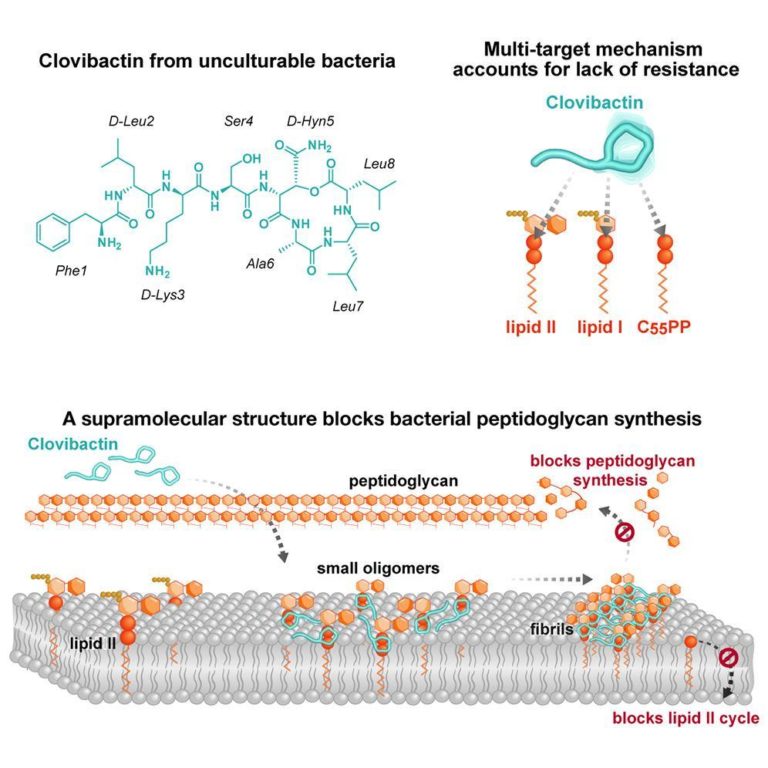Discovery of a powerful new antibiotic to fight against the superbugs
Work done in the lab of Dr. Markus Weingarth. at Utrecht University, The Netherlands.
Rhythm Shukla did her BS-MS from IISER Mohali, in India and then moved to the Netherlands in 2019 to join the lab of Dr. Markus Weingarth as a PhD candidate in the group. Since then, she has worked on understanding the mechanisms of newly discovered antibiotics. Her research has been published in reputed journals such as Nature Communications, Nature and her most recent article is published in Cell. She recently graduated from Utrecht University and received the highest honors for her PhD thesis. Currently she is working as a Postdoctoral Researcher in Amsterdam.
Author Interview
How would you explain your research outcomes to the non-scientific community?
In today’s world, antibiotics are heavily misused. This has given rise to powerful bacteria called “superbugs” resistant to most antibiotics we use today. If nothing is done, these superbugs will be responsible for more deaths in the future than cancer.
To tackle this problem, I, along with my team led by Dr. Markus Weingarth at Utrecht University, The Netherlands, collaborated with a team of researchers from Northeastern University, USA, University of Bonn, Germany, and NovoBiotic Pharmaceutical company to bring our different areas of expertise together. In this study, we are happy to report the discovery of a new powerful antibiotic, Clovibactin. It is an entirely new and unique molecule discovered from a new species of bacteria. Clovibactin is active against all Gram-positive superbugs, including the deadly strain of MRSA. It also performs well in mouse models and shows excellent potential for clinical trials.

“Clovibactin is a very special molecule, and when we realized that it has not one but multiple targets in the bacterial membrane, we were surprised how smartly it attacks the bacteria.”
How do these findings contribute to your research area?
The discovery of Clovibactin along with a very distinct mode of attack makes it very robust. It binds to multiple targets on the bacterial membrane, which are essential to the survival of the bacterial cell thus making it difficult for bacteria to gain resistance against it. It forms a glove-like structure capturing the bacterial molecules and thus making it difficult to escape it. To make the mechanism more effective, Clovibactin, arranges all the bound molecules in fibrils, to trap them completely. The study on Clovibactin was not easy and we brought together a lot of different techniques and areas of research to get a comprehensive understanding of how it works against the superbugs, which is also reflected in the interdisciplinary approaches reported in the paper.
What was the exciting moment during your research?
Clovibactin is a very special molecule, and when we realized that it has not one but multiple targets in the bacterial membrane, we were surprised how smartly it attacks the bacteria. It also helped us understand its superior killing mechanism as compared to other antibiotics.
What do you hope to do next?
The discovery of Clovibactin gives us all hope against the horrible scenario of antimicrobial resistance. But it takes a very long time for a molecule to go from the lab to the people. We are making use of the methodologies we have developed so far to get more information on Clovibactin and see if it can be used to make better antibiotics for the future.
Reference:
Rhythm Shukla et al. An antibiotic from an uncultured bacterium binds to an immutable target, Cell, 2023. https://www.cell.com/cell/fulltext/S0092-8674(23)00853-X
Edited by: Nivedita Kamath
Biopatrika: Bringing Science to Society
© Biopatrika 2023 All Rights Reserved.

